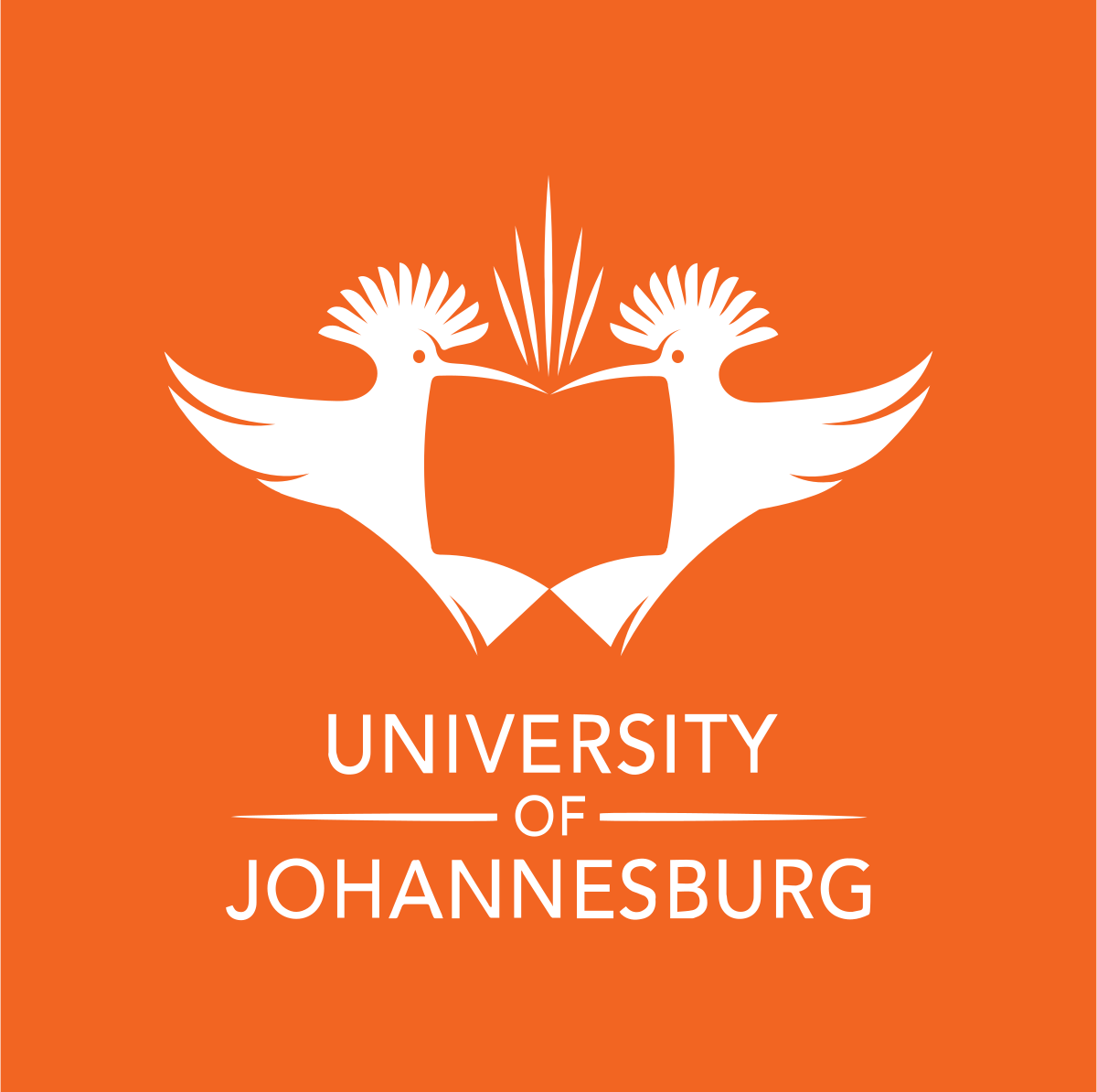University of Johannesburg: Prof Craig Vincent-Lambert – the changing dynamics of the Emergency Medical Care profession in SA
Understanding the origins and development of a profession is important. Such understanding forms the basis for critical reflection and scholarly discourse around; not only how a profession evolved, but also where it could end up in the future. The birth and emergence of pre-hospital emergency care, as a recognised autonomous profession within the South African health context, is a development which has not been without associated “growing pains”. This is according to Prof Craig Vincent-Lambert, the Head of Department (HoD): Emergency Medical Care at the University of Johannesburg (UJ).
UJ Health.JPG
“The need for paramedics was identified during times of war where the injured were attended to by “medics” as opposed to doctors who were commonly in short supply. Research into survival from traumatic events began to highlight the link between rapid emergency care and survival. A shift in thinking began to emerge whereby efforts were directed away from simply “scooping” up the patient and rushing them to hospital to the provision of emergency medical interventions by trained individuals prior to and during transport,” said Prof Lambert, when he delivered his professorial inauguration address, From ambulance driver to clinician and academic: “The birth and growing pains of the South African Emergency Care Profession.
Prof Vincent-Lambert inaugural address took place in the University’s Council Chambers, Madibeng Building, Auckland Park Kingsway Campus on Wednesday, 31 March 2021.
Prof Lambert shared with the audience that, prior to 1980, South African ambulance services were not always seen as fully evolved independent services. In contrast the operating of ambulances was commonly placed under the control of other, more recognized departments within the civil service. These included traffic departments, law enforcement agencies, volunteer organizations and fire services. Staff and management within the these departments often saw the manning of ambulances as simply an add-on or adjunct to their primary functions.
We can now look back on, not only at how the local emergency care profession evolved, but also the consequences associated with the path it has taken. In doing this we are reminded that emergency care in SA is still a relatively young profession compared to other more recognized health care professions such as medicine and nursing,” he said. Examining the South African context prior to 1980, we can see that the provision of prehospital emergency care was in fact not recognized as a true “standalone” health care profession. Consequently, there was no formal registration or recognition for those working on ambulances as health care professionals. Prof Lambert indicated that between 1960 and 1980 most education and training for ambulance crews was offered in the form of vocational “in-house” first responder-type emergency care short courses ranging from a few weeks to nine months. These short courses were commonly presented at fire departments and provincial ambulance training colleges.
In his address, Prof Vincent-Lambert shared selected insights and views relating to the birth, growth, and development of emergency care as a recognized health care profession within South Africa (SA). In his address he likened the development of the local emergency care profession to human developmental phases from birth to adulthood.
One of the questions explored was the extent to which the local profession has truly matured. Prof Lambert argues that there are some promising signs that this may be the case with the emergence of additional higher education qualifications in emergency care including the clinically orientated professional bachelor’s degrees offered by local universities. Prof Vincent-Lambert maintains that the SA emergency care profession has indeed grown and developed a long way from its protocol fixated, technician-based roots in fire departments, law enforcement agencies and first aid organizations toward a truly separate autonomous clinical health care profession.
He concluded: “In South Africa today, the responsibility for clinical decision-making, interrogation, critique and development of prehospital medical protocol and direction is now largely driven by the emergency care profession itself. That said, the extent to which this fledgling autonomous profession is capable of properly fulfilling such important functions is still debated. Throwbacks to the adolescent phases of our professional development are still encountered from time to time with interest groups and pockets of the “old guard” who appear to remain obsessed with clinical skills sets as opposed to provision of patient-centred evidence-based best care.”

